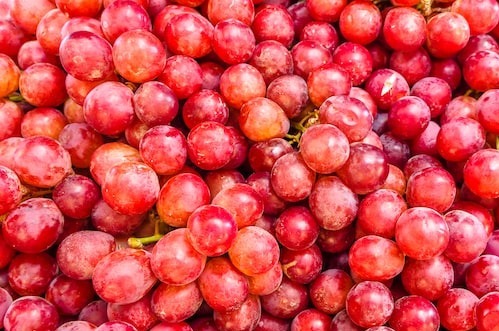
In W38 in the grape landscape, the Californian table grape season suffered substantial losses due to Hurricane Hilary, resulting in a revised estimate of 71.9 million boxes for harvested production. Despite this setback, the industry still anticipates exporting over 45 million boxes of grapes. Meanwhile, adverse weather conditions during flowering and berry swelling in Italy have led to a 20 to 30% reduction in kilograms (kg) for all grape varieties, resulting in higher prices. While grape quality has been affected, new seedless varieties like Autumn Crisp, Sweet Globe, Ivory, and Timpson are performing well, and supermarkets are responding positively to slightly higher prices.
Italy has faced a 12% year-over-year (YoY) decrease in grape crop production due to the destructive plant disease fungus Plasmapara viticola, as reported by the Italian Wine Union and the Institute of Zoology and Agriculture. Regions along the Adriatic coast, such as Abruzzo and Molise, experienced the most significant impact, with 40% and 45% crop losses, respectively. Southern Puglia, known for its Primitivo wine, also saw a 25% drop in grape production.
Uzbekistan's grape prices have significantly increased over the past two weeks, with seedless Kishmish grapes experiencing a 17% increase, white grapes experiencing a 38% increase, and black grapes experiencing a 22% increase. The average wholesale price for Kishmish grapes in Uzbekistan rose from USD 1.18 to 1.72/kg (UZS 18,000 to 21,000/kg) between September 8 and September 22, 2023. This upward trend has been ongoing for over a month, with prices more than doubling from August 11 to September 22, 2023. The current wholesale prices are 2.6 times higher than the previous year and 2.3 times higher than 2021.




